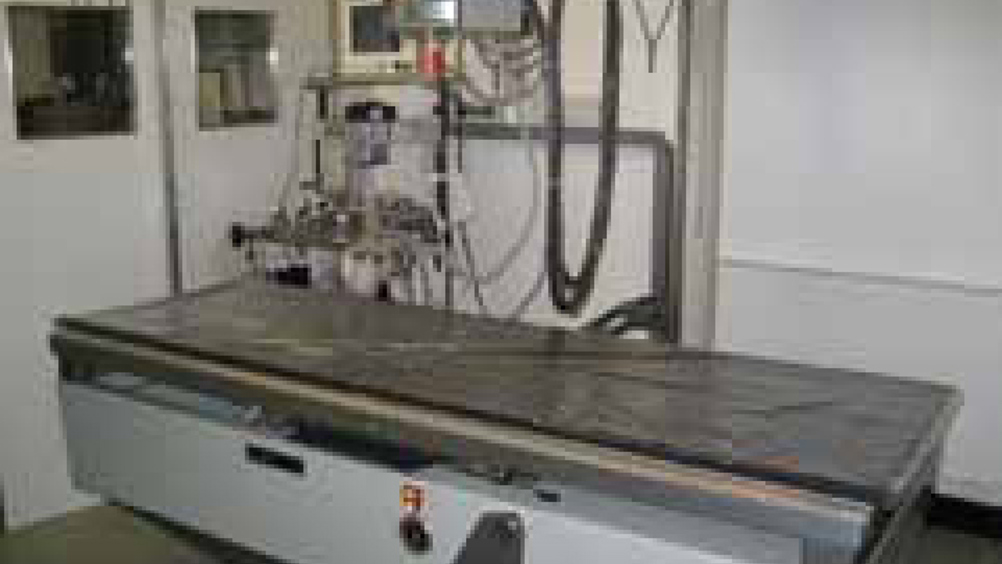How to produce diagnostic orthopaedic radiographs

Abstract
Orthopaedic radiography can be challenging, but also very rewarding when good diagnostic radiographs are produced. This article explains the necessary theory required and details a step by step standard technique to achieve this. Positioning points and tips are given for the shoulder, elbow, pelvis and stifle.
This article aims to provide the reader with the necessary understanding and information to produce diagnostic orthopaedic radiographs. The results of a good radiographic examination can provide definitive information for diagnosis.
A diagnostic radiograph is one that maximizes the amount of information available from the resulting radiograph, enabling the radiologist or clinician to make a diagnosis and when necessary compare it with text book ‘normals’ and anatomical specimens.
In order to produce diagnostic radiographs it is important to use a standard technique; this involves looking at all aspects affecting the production of the radiograph.
Animals are not uniform shapes and sizes and this needs to be taken into consideration when planning the radiographic examination. Orthopaedic cases may also present with various types of external device (fixators, dressings, casts etc), which may require some imaginative positioning and exposures to get the views required.
Before starting the radiographic examination adequate preparation of the animal should be undertaken. The coat should be clean and dry as a dirty and/or wet coat can cause radiographic artefacts (Dennis et al, 2010). Where possible dressings should be removed or reduced to a minimum taking the necessary infection control measures. Similarly collars and harnesses should be removed as they may overlie the area of interest.
Register now to continue reading
Thank you for visiting The Veterinary Nurse and reading some of our peer-reviewed content for veterinary professionals. To continue reading this article, please register today.
